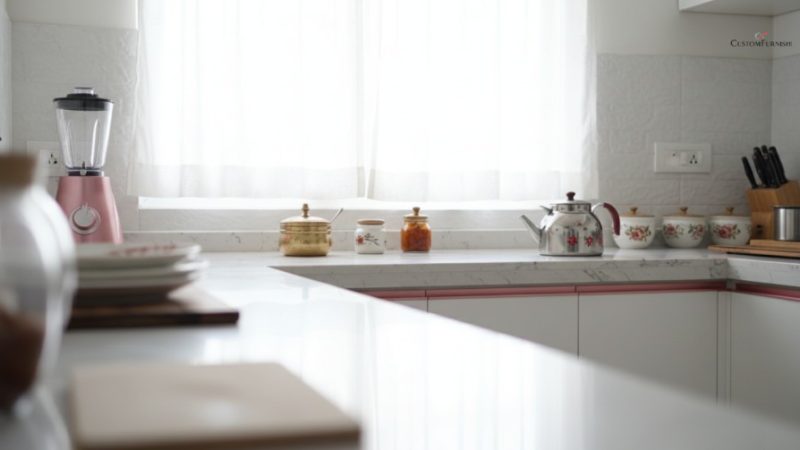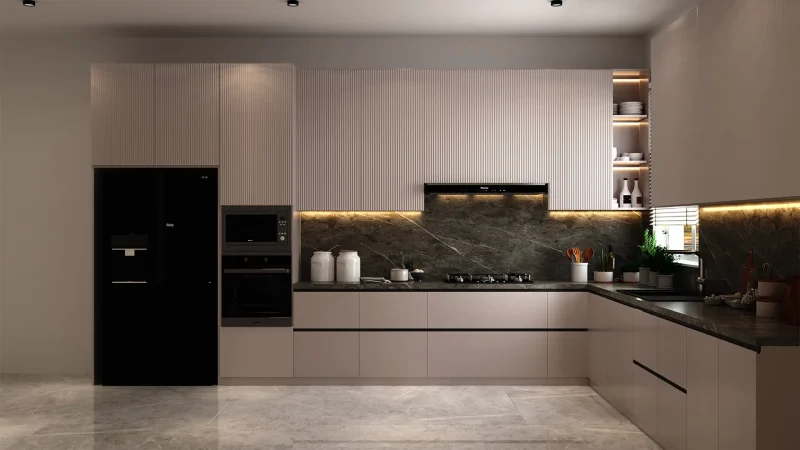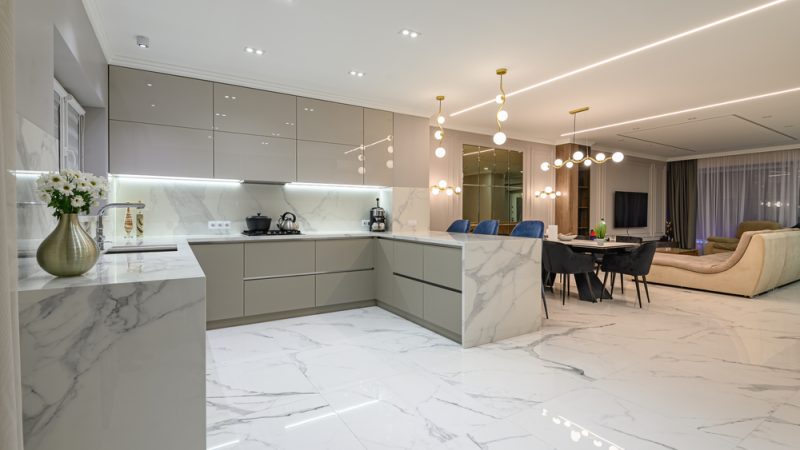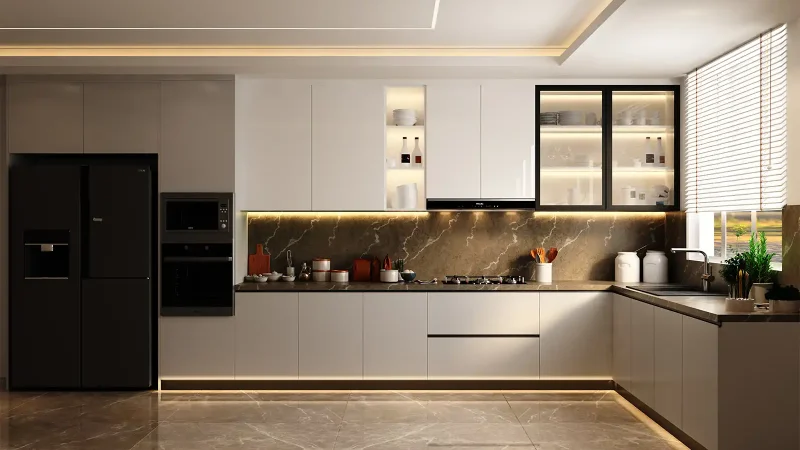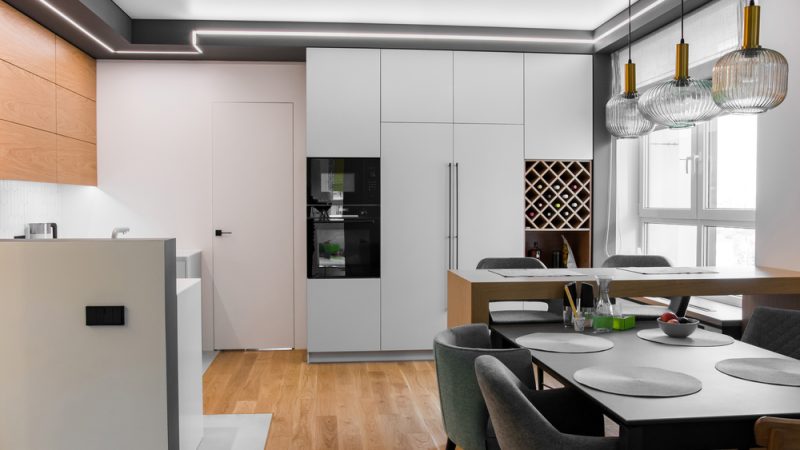Factory-Finished Interiors: What It Means And Why It’s Better
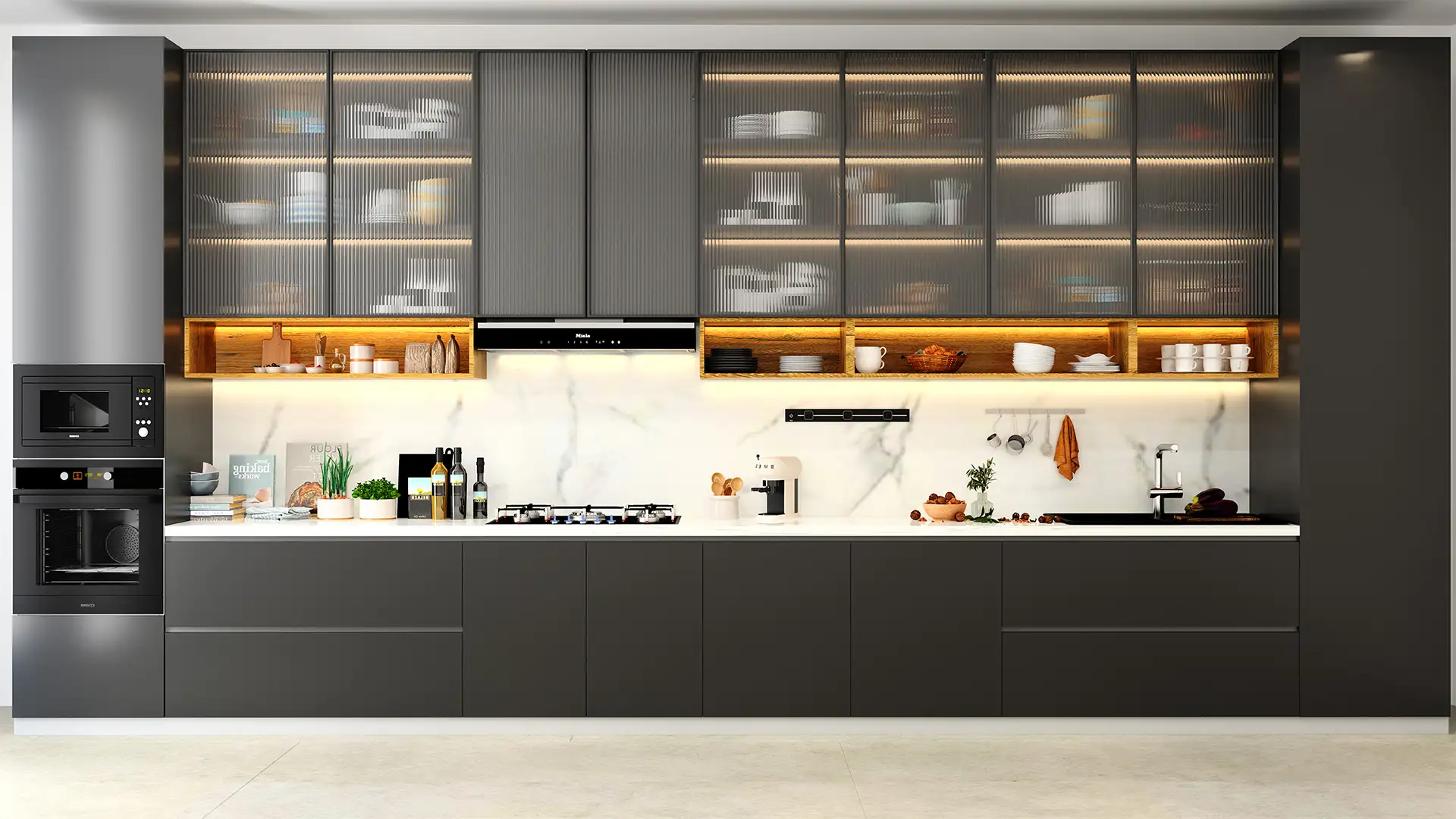
In the realm of modern interior design, the term “factory-finished interiors” has gained significant traction. But what does it truly entail, and why is it considered superior to traditional methods? Let’s delve deep into the concept, its advantages, and why it’s becoming the preferred choice for homeowners and designers alike.
Understanding Factory-Finished Interiors
Factory-finished interiors refer to furniture and fixtures that are manufactured in a controlled factory environment using advanced machinery and technology. Unlike traditional carpentry, where work is done on-site, factory-finished products are pre-fabricated, ensuring precision, consistency, and quality.
Advantages of Factory-Finished Interiors
1. Precision and Consistency
Factory settings utilize state-of-the-art machinery that ensures each piece is crafted with exact measurements. This precision guarantees that components fit seamlessly, reducing gaps and misalignments common in manual carpentry.
2. Time Efficiency
Since products are pre-fabricated, on-site installation becomes swift and hassle-free. This efficiency reduces project timelines, allowing homeowners to move in sooner.
3. Superior Finish Quality
Controlled environments prevent external factors like dust, humidity, and temperature fluctuations from affecting the finishing process. The result is a smooth, durable, and high-quality finish that stands the test of time.
4. Cost-Effective in the Long Run
While the initial investment might be comparable to traditional methods, factory-finished interiors often prove more economical over time. Reduced wastage, fewer errors, and minimal maintenance contribute to long-term savings.
5. Eco-Friendly Production
Factories often implement sustainable practices, optimizing material usage and reducing waste. Moreover, the use of eco-friendly materials and finishes minimizes environmental impact.
6. Enhanced Durability
Materials used in factory settings are often treated and tested for durability. Combined with precise manufacturing, this results in products that are robust and long-lasting.
7. Minimal On-Site Disruption
With most of the work done off-site, homeowners experience less noise, dust, and disruption during installation. This is especially beneficial for renovations where occupants might still be residing.
Factory-Finished vs. Traditional Carpentry
| Aspect | Factory-Finished Interiors | Traditional Carpentry |
|---|---|---|
| Precision | High | Variable |
| Installation Time | Short | Extended |
| Finish Quality | Superior | Depends on artisan |
| Cost Over Time | Economical | Potentially higher |
| Environmental Impact | Lower | Higher |
| Customization | High | High |
| On-Site Disruption | Minimal | Significant |
Ideal Applications for Factory-Finished Interiors
-
Modular Kitchens: Achieve sleek designs with optimized storage solutions.
-
Wardrobes: Customize layouts to fit specific storage needs.
-
TV Units: Integrate entertainment systems seamlessly.
-
Office Furniture: Enhance productivity with ergonomic designs.
-
Storage Solutions: Maximize space with innovative designs.

